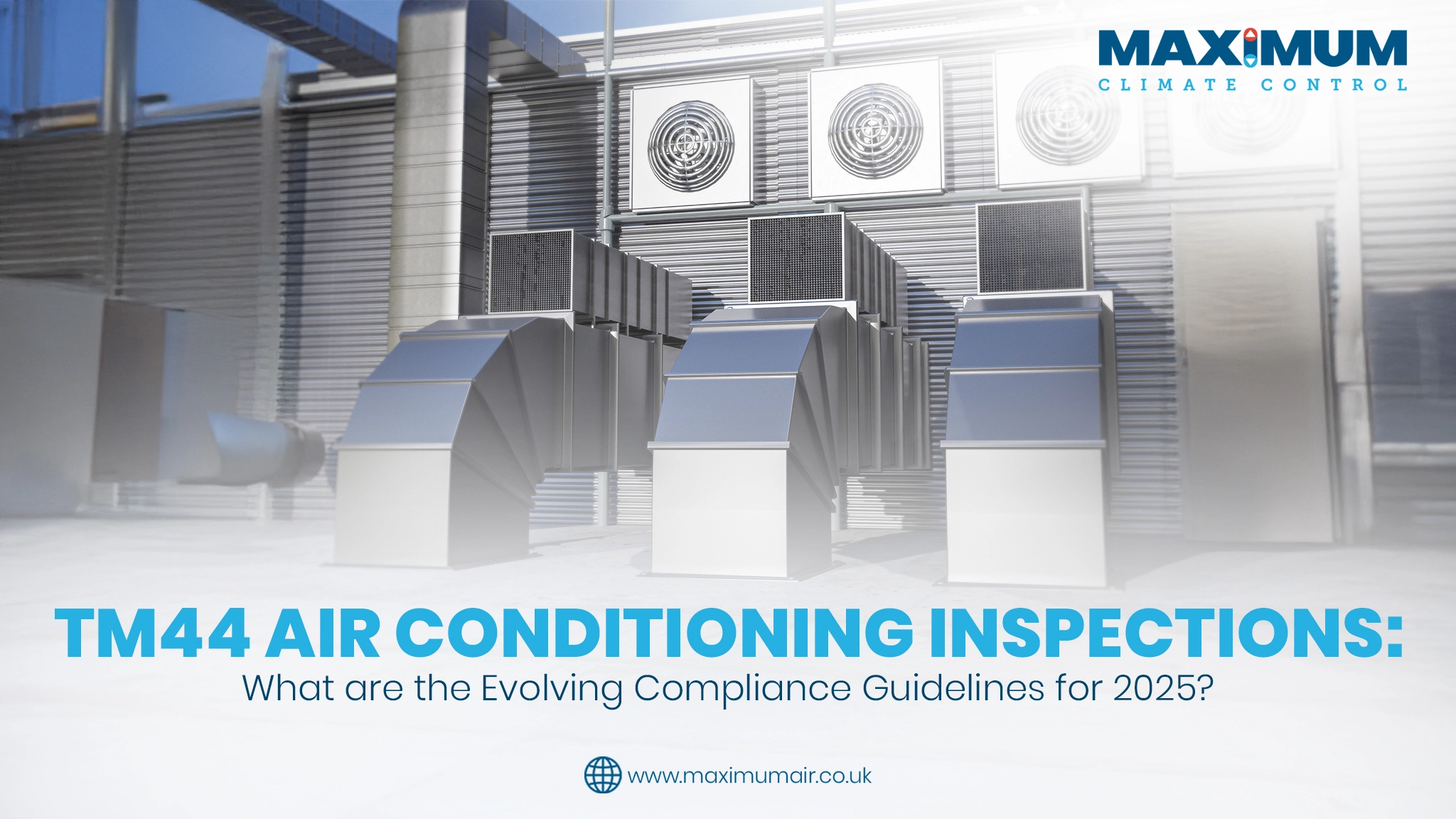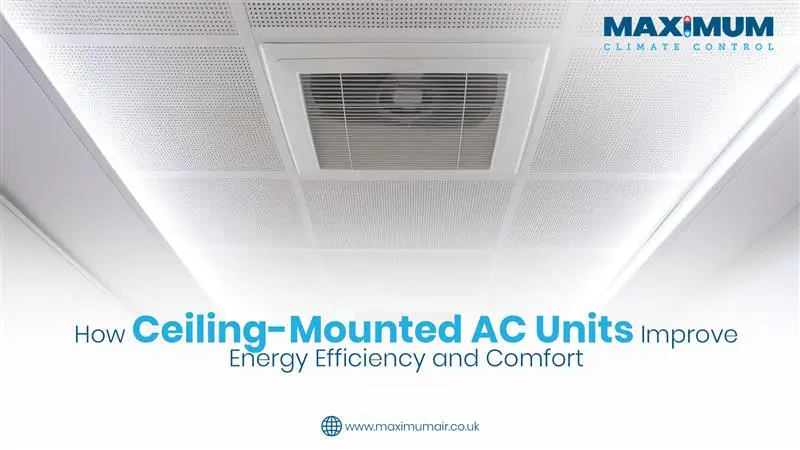VRV and VRF Air Conditioning Systems: Is There a Difference?
November 21 2024by Maximum Climate Control
HVAC systems are simple systems, cooling down or warming up a home set to a desired temperature and slowing down to save energy. The moment it drifts away from the pre-defined point, the system kicks-in and adjusts the temperature to ensure it remains at a comfortable level.
Despite its simplicity, as technology has advanced, so too have the ways in which HVAC systems operate. There are now two key HVAC systems. VRV and VRF. The question is what are they and which is the best for you and your business?
What Do VRV and VRF Stand for in Air Conditioning Systems?
While VRV is an acronym for “Variable Refrigerant Volume”, VRF stands for “Variable Refrigerant Flow”.
Daikin, one of the industry’s leading HVAC equipment providers, registered VRV. It’s a technology whereby the refrigerant volume alters to match the precise demands of a building. The energy consumed to maintain the set temperature is nominal, with the system shutting down automatically when it detects the presence of no one in a room. It’s a sustainable mechanism that saves energy costs and controls carbon emissions.
VRF refers to this standard old technology, but other HVAC companies, including Fujitsu, manufacture it. Now, it’s normal to question: Why should I care about the differences?
Significance of VRV and VRF Technology in HVAC Systems
VRF, or VRV technology, promotes the sustainability of the units, lowering instances of repairs and maintenance. Plus, there are the additional perks of lower sound. This aspect of the air conditioning system matters when it’s installed in hotels and offices where minimum disruption is required. In commercial environments, both VRV and VRF systems are popular choices.
Installation Workflow of a VRV/VRF Air Conditioner by a Professional HVAC Engineer
Unlike small, wall-mounted air conditioning units, VRF/VRV counterparts require fewer electrical wires to operate, making them simple and hassle-free to install. There is no additional cost, too! Despite this, incorrect setup without reading the manufacturer’s manual can cause problems to arise. Therefore, the assistance of a professional is imperative. Here is a glimpse of a typical installation conducted by an engineer:
- Mounting of an indoor unit
- Assembling refrigeration piping and connecting it
- Setting up Y branch copper fittings to support heat recovery systems
- Focusing on drainage
- Connecting electrical wiring and installing controllers
- Examining the refrigerant pipe
- Setting up the outdoor unit
- Charging the refrigerant
- Commissioning the air conditioning system and testing it
Only an air conditioning unit installer with adequate experience and the desired skill set can ensure a flawless installation. Maximum Climate Control ticks the right boxes by boasting a combined experience of 250 years. We not only enjoy expertise in setting up ceiling-mounted AC units but also, those systems powered by VRV/VRF technology. You also get a warranty regardless of the scale of the project. We uphold the highest standards, installing accurately and commissioning professionally for the new HVAC system to operate flawlessly. Keep your occupants comfortable by hiring our engineering crew over others!
Share this article
If you’re looking for advice or a quote for a new HVAC system or maintenance, get in touch with our expert!
Speak to an expert Explore Our Product RangeFor further reading
October 21 2025By Maximum Climate Control
TM44 Air Conditioning Inspections: What are the Evolving Compliance Guidelines for 2025?
Is comfort the only thing you pay for when installing and servicing air conditioning systems in commercial spaces? According to building owners, facility managers, and occupiers, that answer is no. You also receive energy performance and high air quality. All […]
October 13 2025By Maximum Climate Control
How Ceiling-Mounted AC Units Improve Energy Efficiency and Comfort
Imagine coming home after a long, hot day only to be greeted by uneven temperatures and humid air. It’s frustrating, right? The truth is, many households and workplaces in the UK experience this due to outdated or poorly designed cooling […]




